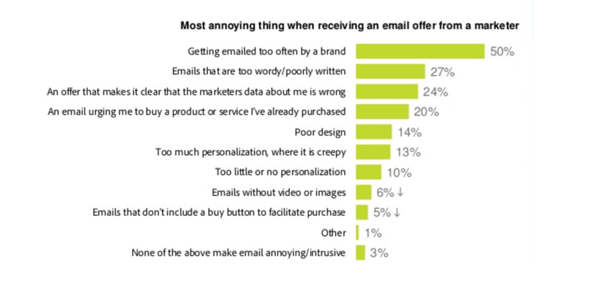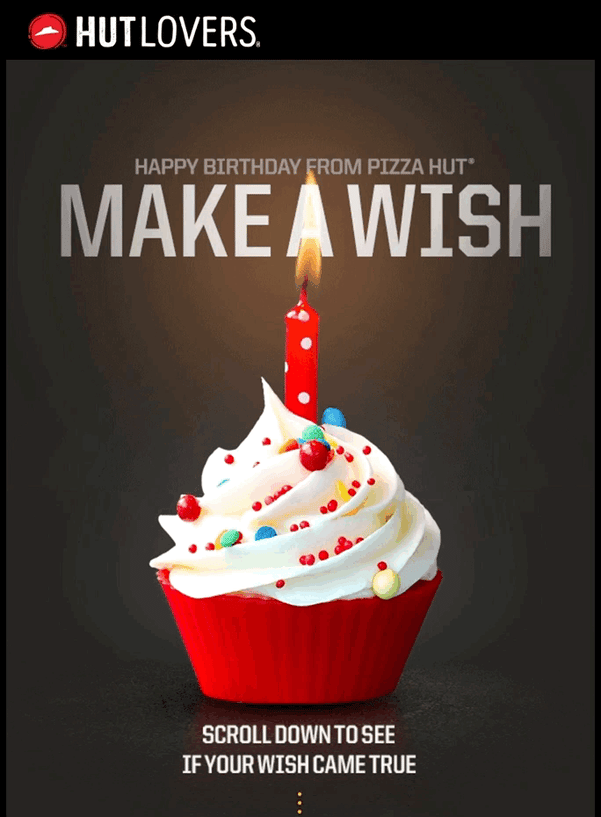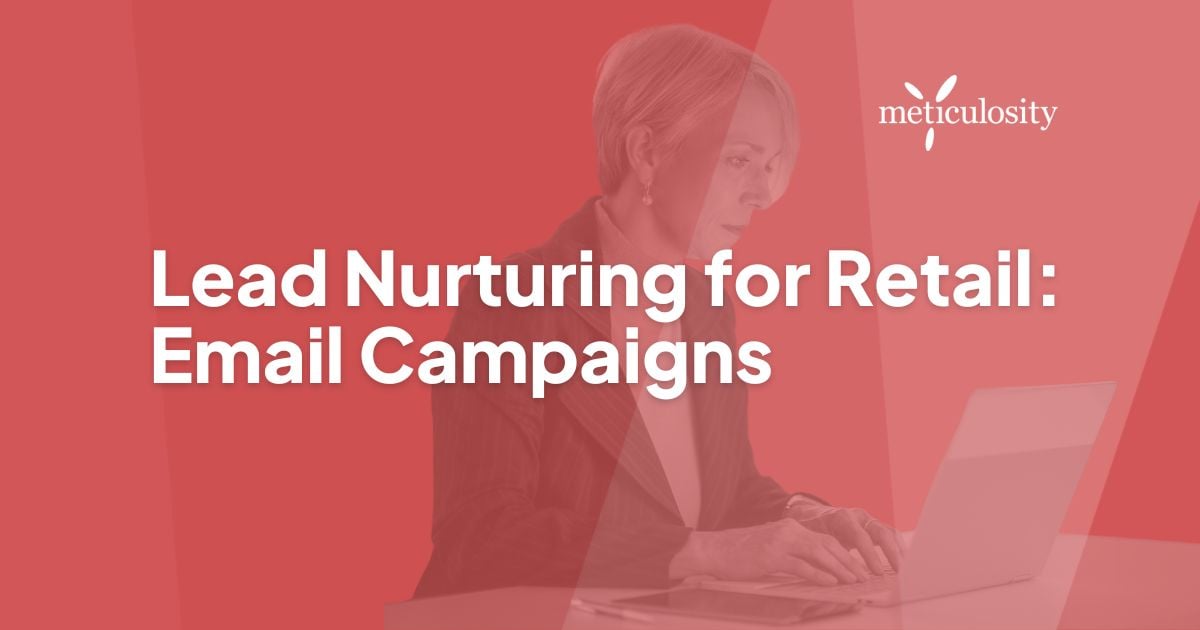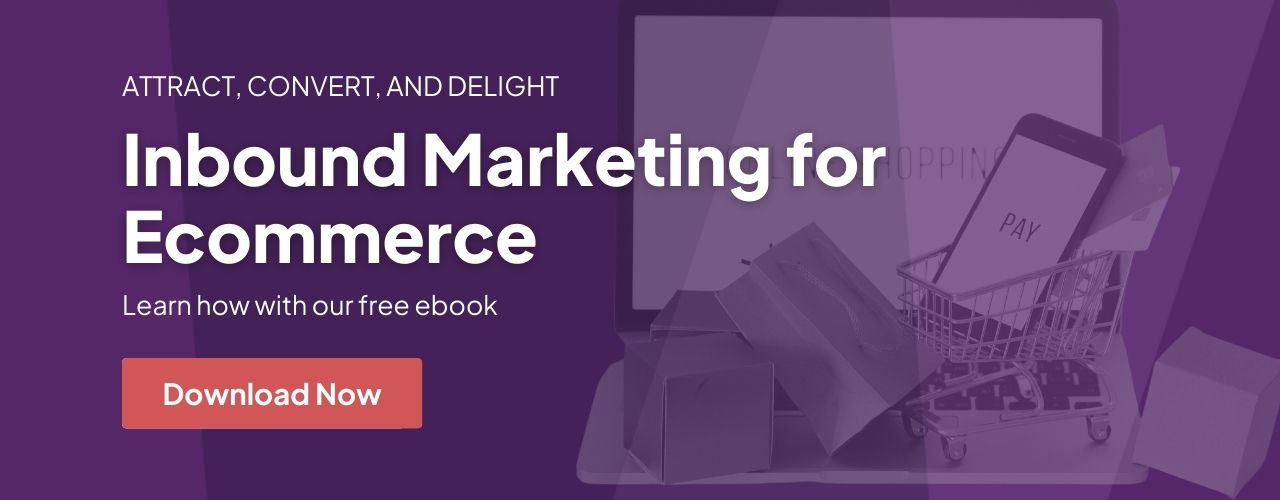As part of an inbound marketing strategy, lead nurturing is the process of developing relationships with buyers at every stage of the sales funnel and throughout the buyer’s journey so that when they reach their decision-making point they choose you. One way to nurture leads is through email campaigns.
Why is lead nurturing important? Around 96% of visitors to ecommerce sites aren’t ready to buy your product and 50% of all leads are qualified but not ready to buy, so lead nurturing as part of an inbound marketing strategy can help capture these leads increasing conversion rates. It’s been found that lead nurturing emails can get 4-10 times the response rate compared to standalone email blasts. Here’s how to get started:
Determine Your Goals
It makes no sense to jump into lead nurturing without working out your goals and who you are targeting first. Creating buyer personas (and negative buyer personas) can help you better understand who you want to nurture, as well as what content is relevant to them. Once you’ve determined your goal – increased ROI, increased sales, increased referral traffic, etc. – monitor your email campaigns using analytics relevant to your goal to make sure you are achieving it. When creating your goals consider this: Nurtured leads make 47% larger purchases than non-nurtured leads.
Stay On Their Mind
Remember that 75% of leads buy within 18-24 months even so it’s not just about immediately converting your audience into customers with lead nurturing. They might not necessarily think they need your service or product right now, so lead nurturing via email is all about playing the long game and establishing yourself as a trusted brand.
There’s a fine balance between emailing too little and too much. One of the most annoying traits of a marketer to a consumer is getting emails too often. This is where smart triggers can help – instead of emailing on a weekly or daily basis you can email seasonally as well as depending on where on the site your lead has recently been (and when). Note that in the diagram below the second most annoying thing when receiving a marketing email is one that’s to wordy or poorly written. Keep it concise where you can.

Source: Adobe
Seasonal emails are good too, and can refresh your brand and reconnect with your audience. Here’s a great Autumnal email from Rapanui.

Generate more targeted content
In a recent study 34 percent of consumers said they get frustrated when brands recommend items that don’t match their interests, that’s a third of all consumers telling us what frustrates them most (and ultimately turns them away from your brand) is a lack of personalization. Consumers are 4x more likely to respond to an offer if it’s not generic so generating custom content is a vital part of lead nurturing. It’s not just about staying in touch. It’s about showing how well you know your leads.
Personalization is easy if you know how, you can do this based on account details as well as browsing history. You can automate a lot of processes by creating workflows to make sure you don’t get bogged down in writing emails all day every day. Ideally, you’ll setup emails at key points in your lead’s journey. On their first interaction with you, after an abandoned cart, on their birthday, after viewing certain products — these are all ideal points to sent emails and it's easy to set up within Zapier, Hubspot, or Mailchimp, or with a mix of all three. Personalized images are very powerful too when coupled with custom text.
Repurpose your existing content
You don’t need to create new content all of the time, lead nurturing is about being visible, useful, and offering the right content at the right time to the right people. That content doesn’t need to be brand new, so long as its brand new to your customers and helpful. A recent study found that, above all else, consumers want useful content delivered to their inbox. Building trust is a key part of lead nurturing. Make sure your emails aren’t too sales driven, all of the time. Even if an increase in sales is your eventual goal educating leads before selling to them can be key in increasing conversions.
Evidence Based decisions
Remember: The average person receives 121 emails on a daily basis so there’s a lot of competition out there. Letting your own data guide you to the right decision is the most important aspect of lead nurturing. Not all audiences are created equally, so experimenting with your audience can be crucial to refining your lead nurturing. You can do this through A/B testing as well as simply asking your audience what they prefer. Some elements you might want to experiment with include:
- Gifs: These have been around for a while in email campaigns but they work and they don’t look like they’re disappearing any time soon. Dell reportedly managed to lift their revenues by 109% using animated GIFs in emails.
- Typography: Font matters more than you think, and the larger the better. We’re not talking letters big enough to fill a screen but by all accounts, 18 pt is the new 12 pt in emails these days. Working out the typeface and size that clicks with your audience is vital.
- Sender: Choosing the right sender can be surprisingly effective. For some companies that might be your CEO, while for others those closer to the coal-face might promote trust.

Improving your email marketing strategies and lead nurturing really can make a difference to your product sales and ROI. As data driven people, we encourage you to gather together evidence on what works best for your company.







